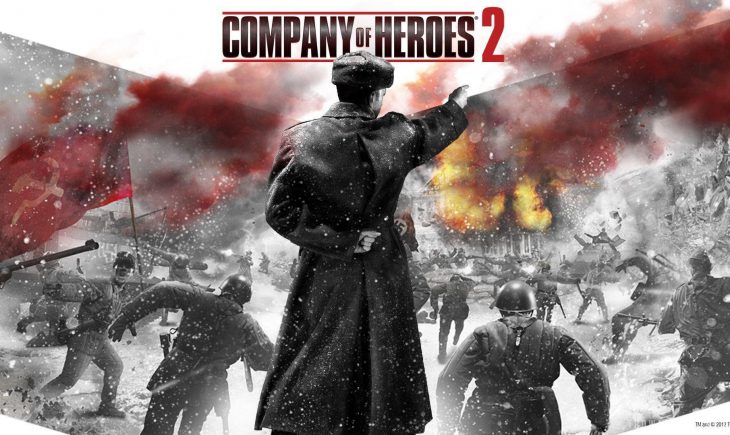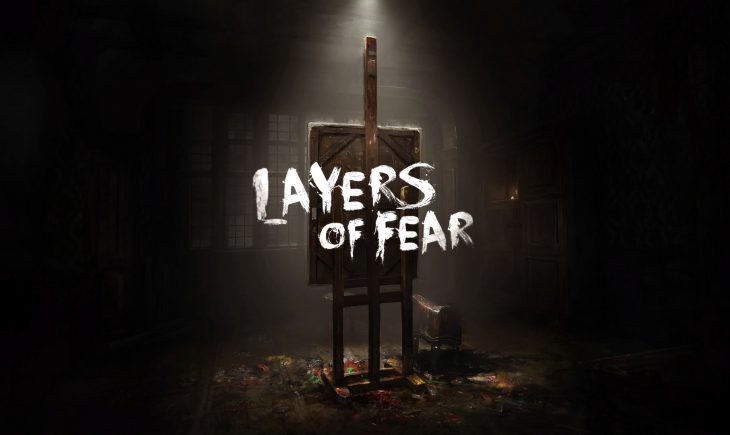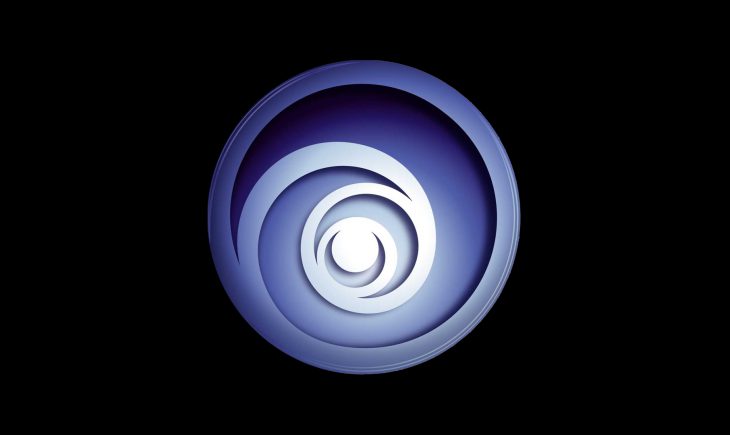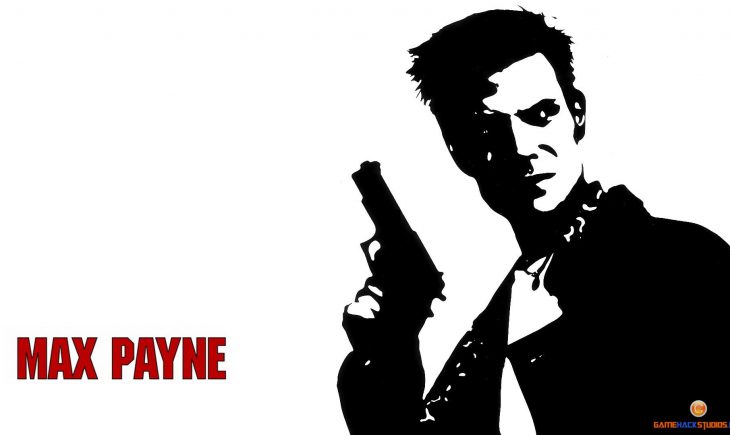Created by Finnish developer Remedy Entertainment, Max Payne has been in production for a very long time. It’s a gritty third-person shooter that’s clearly inspired by the stylish cinematography and choreography of the Hong Kong action movie genre, particularly the work of director John Woo. Like many of Woo’s films, Max Payne is rife with gunplay that’s almost indescribably beautiful to watch–and yet actually playing it is even better. Max Payne does have a few weaknesses, most notably in that it isn’t very long and lacks any multiplayer features–but these things are hardly detrimental. After all, it’s not often you get an outstanding and original action game that’s not just different from all other shooters to date, but also in many ways superior.
You play as the title character throughout the game. Max is a modern-day New York undercover cop whose wife and baby daughter were brutally murdered and who has since been framed for a heinous crime. Thus begins his blood-soaked battle to find the truth–and to get revenge. The game has many superlative qualities, but one of the best things about it is how it actually plays. It’s very easy to get into, as the control is smooth, simple, and responsive. You use the keyboard to make Max run in any direction and use the mouse to aim your weapons. The game’s third-person camera perspective trails closely behind Max and gives a good sense of your surroundings, which is important since you’ll need to move carefully through the game’s enemy-infested environments. By default, the left mouse button fires your equipped weapons as rapidly as possible, while the right mouse button triggers Max’s “bullet time” special ability, which temporarily puts everything in slow motion, as in a John Woo movie or the 1999 sci-fi hit, The Matrix.
Bullet time is spectacular. The sounds of gunfire become muted and distant, and you hear a rush of air and then the pounding of Max’s heart–and you’ll invariably hold your own breath as all this happens, because the effect is so well done. Bullet time isn’t just for show–it effectively gives Max superhuman reflexes, as while all the action in the game is slowed, you can still aim as quickly as you can move your mouse. Hence, bullet time lets you perform incredible feats of marksmanship–and, in combination with the movement keys, deadly acrobatic leaps in any direction. This particular technique, called a “shootdodge,” is the key to surviving most of the game’s gunfights. As you launch yourself through the air, you’ll actually see the enemy’s bullets (or shotgun pellets) zing past you, even as you keep your weapons trained and firing on the enemy as you sail by. Bullet time is a serious advantage, but you’re limited to using it in small increments and thus can’t afford to use it unless you really need it. Not only does this make the game seem very well balanced–especially since taking out bad guys is how you replenish your bullet time–but it also keeps the effect from feeling too overused.
Max will brandish an impressive variety of highly authentic real-world weapons throughout the game, including pistols, submachine guns, shotguns, sniper rifles, grenades, Molotov cocktails, and more. He can carry as many weapons as he can get his hands on, though you’ll have to keep track of your ammunition reserves. There will always be plenty of bad guys around to soak up all your lead, so you’ll have to use your different weapons as strategically and as conservatively as possible. Besides, Max is rather vulnerable–a bullet in the head, let alone a grenade, can kill him. But he can unflinchingly withstand relatively minor wounds. You can then completely recover the damage he’s sustained by using painkillers, which you’ll find scattered about in desks and bathrooms and such.
These sorts of design decisions–the fact that you can carry an entire arsenal and keep on shootdodging even if you’ve been shot, as well as the fact that painkillers cure lead poisoning–stand in sharp contrast with the game’s incredibly realistic appearance. But these aspects of the game are what help make it so much fun. Max Payne isn’t about fumbling for clips and putting tourniquets on wounds; it’s about finesse, style, and fast pacing. Because of how it plays and how well the settings of the game are laid out, Max Payne’s pacing is relentless (it really helps that the game’s loading times during missions are almost instantaneous). Because of how it looks, its sense of style is extraordinary. And because of how it controls, it’s all about finesse. It’s a game of pure, intense action.
The game’s story is almost as well done as the action itself–and that’s saying a lot to its credit. The story unfolds partly through noninteractive sequences in the actual game engine, but mostly by using still images that look like they came straight out of a graphic novel. These great-looking comic-book-style cutscenes–which you can tell use stylized photographs to depict the various characters in the game–detail an over-the-top crime story that’s as confounding as it is engaging. Though you’ll see comic book captions on all the stills, all the dialogue is spoken as well. Max also speaks quite a bit during the game itself. You might initially be taken aback by the rather forced performances of all the actors, but in time, you’ll find that the style is well suited to the theme of the game and that Max’s deadpan yet melodramatic delivery is particularly affecting. The distinct look of the graphic novel imagery, the hammy voice acting, and the heavy-handed dialogue actually all fit well together, and the story sequences are interspersed frequently and consistently enough throughout the game that the story always remains important and intact. The story of Max Payne has several noteworthy highlights and generally just twists and turns so much or just looks so good that you’ll no doubt enjoy the ride.
For years, Max Payne has looked great in what few screenshots Remedy has released of the work in progress. The good news is that the game’s visual quality completely lives up to the very high expectations produced by the early press. No game to date has featured such sharp, starkly realistic detail in its environments–and the different environments in Max Payne not only look real, but they also generally act real. You can manipulate most scenery objects in the game–flush toilets, turn on televisions, and so on–and at the very least, you can shoot everything up real good. The aftermath of a gun battle in Max Payne is often quite remarkable, as countless empty shell casings, empty clips, bullet holes, debris, and dead bodies cover the scene. Much of the game takes place in New York City’s scummy parts, which have a deliberately unattractive, gloomy look about them. You might wish there were more contrast overall, since the game’s few sequences that take place in more out-of-the-ordinary areas are especially good-looking and memorable.
Max Payne requires a fast PC, but if you have one, it’ll run smoothly for you. The game’s special effects are gorgeous–you’ll quickly learn to distinguish one gun’s bright, glowing muzzle flash from another’s. The effect of errant gunfire hitting glass and various other environmental objects is completely convincing, and the game’s lighting and fire effects are colorful and impressive. The animation in Max Payne is also excellent for the most part, especially for Max, who is very lifelike in everything he does and looks exactly like the great heroes of Hong Kong action cinema as he shootdodges. Grenade explosions also produce spectacular results, as they send nearby bodies careening head over heels through the air. But most of all, seeing bullets fly by in bullet time is an incredible effect that never ceases to be thrilling.
Despite all this, if you really wanted to, you could still find some fault with the visuals in Max Payne. For instance, though characters in the game have a few different facial expressions, their faces aren’t actually animated; and though you see blood where bullets hit flesh, you can’t see the damage on the actual character. Furthermore, polygonal clipping tends to occur when characters get too close to each other (or to environmental objects), and some of the character animation during cutscenes can look a little awkward. The game’s 3D geometry also isn’t as complex as the razor-sharp textures are; some of the characters and objects can look a bit blocky compared with others. All these things are noticeable only because Max Payne otherwise looks so incredibly good–these scarce few elements are what prevent Max Payne from looking completely real, but they don’t prevent it from being easily one of the best-looking games to date. The game’s use of sound is excellent as well–though enemy goons have a fairly limited variety of death knells, the game’s weapon effects, environmental sounds, and its intermittent use of music are all extremely well done.
Most of Max Payne necessarily revolves around shooting, though there are a few sequences that effectively break up the action. Still, there isn’t any significant variety in the types of foes you’ll face–whether you’re shooting gang members, hired guns, or crooked cops, you’ll need to employ the same sorts of tactics to succeed. Fortunately, all the bad guys in Max Payne do a great job. You can sometimes sneak up on them before they notice you. In battle, they’ll take cover when possible, they’ll toss grenades to flush you out or they’ll flank you. They’re consistently challenging and fun to fight, and you’ll find that their intelligent behavior will always keep you on your toes. Of further note, the game uses a system that dynamically scales the difficulty of encounters depending on your performance. You might not initially notice this, but you’ll notice that though the fighting isn’t easy, it isn’t impossible either.
A lot happens in Max Payne, and the fast pacing, constantly changing scenery, surprise encounters, and no-nonsense action result in a game that’s rich with detail and makes for plenty of good memories, but isn’t particularly long–it should take you about 10 to 15 hours to finish. The game has no multiplayer mode, but finishing it the first time does unlock additional new modes of play, including one that’s simply more difficult because it makes you more vulnerable and your enemies tougher. Finishing this mode unlocks an even more difficult option that also limits the number of times you can save your game in each level. The other extra mode, called New York Minute, makes you race against the clock on every level. You have just one minute to finish each of the game’s big stages, and killing foes adds a few precious seconds to make this possible. The core game always remains fundamentally the same despite these offshoot gameplay options; it’s also a bit of a hassle that you can’t skip the in-engine cutscenes. Fortunately, the basic gameplay in Max Payne is plenty enjoyable enough to justify spending a lot of time with the extra modes. The game also ships with the Max-FX toolset, which players so inclined can use to create Max Payne levels and mods. Still, despite these bonuses, many players will undoubtedly wish that the core game were even longer, especially since it’s so good.
When a game has been in development for an inordinate length of time, you never can tell how it will finally turn out. Oftentimes, such games end up overwrought, incomplete, or behind the times. But once in a while, the extra time and effort paid by the developers is plainly apparent in the finished product. That’s the case with Max Payne. Don’t worry about what it doesn’t have–you’ll relish this highly polished, tightly focused, graphically stunning shooter for what it is. The game’s incredible technical accomplishments and its original play mechanics all combine to make it one of the very finest shooters ever made.






